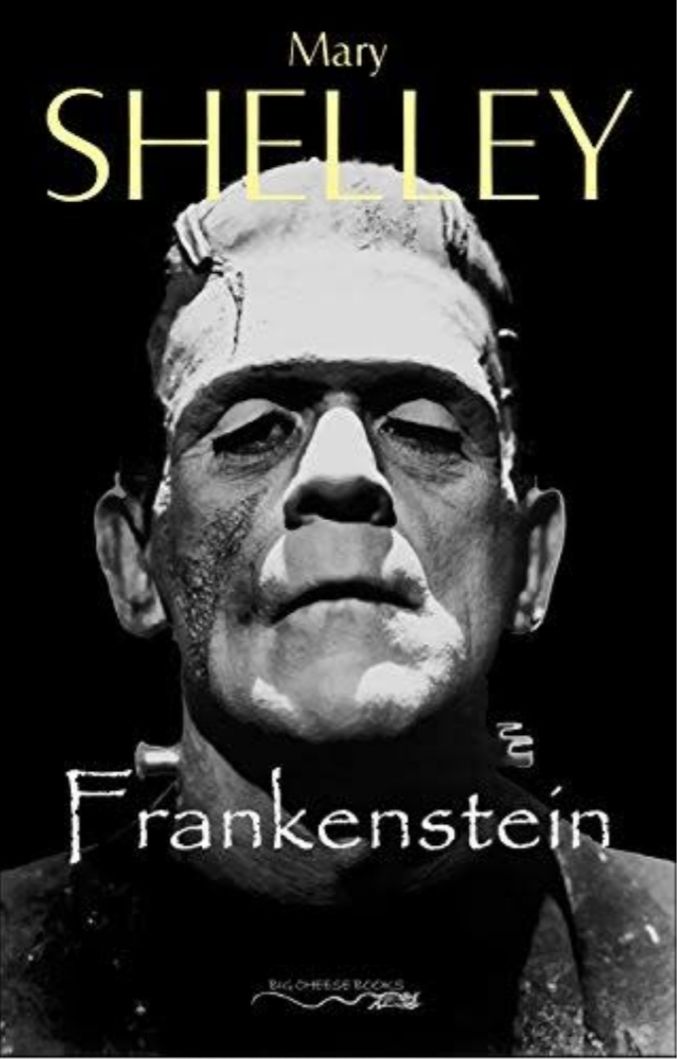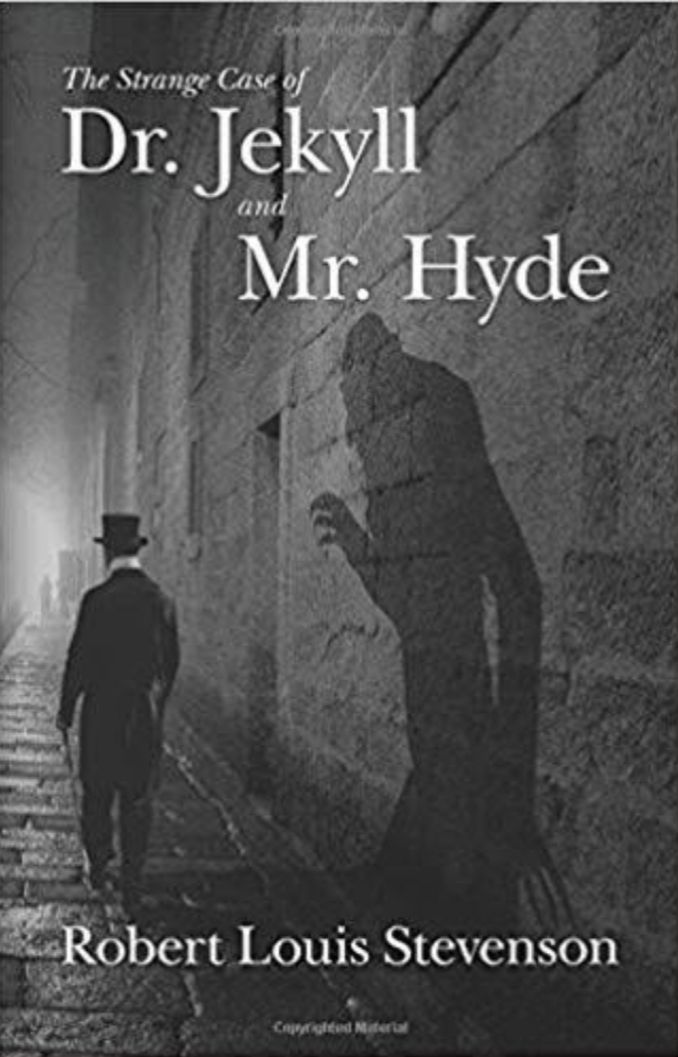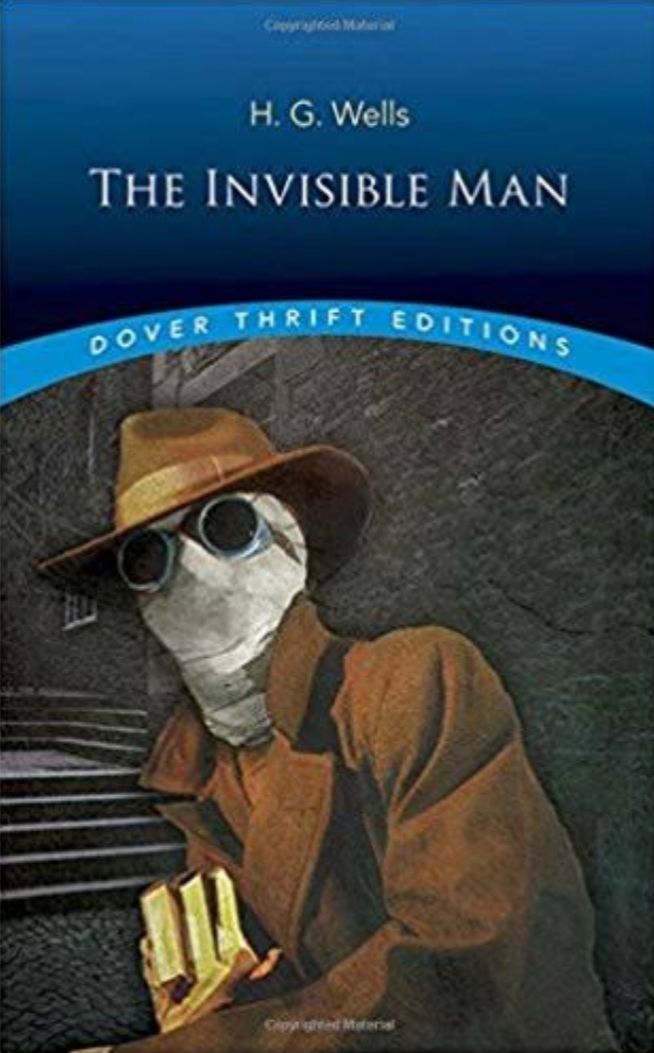Science In Literature: Analysing Three Sci-Fi Novels Of The Nineteenth Century
Apr 25, 2019 • 14 views
Thumnail source: imdb.com
The nineteenth century obsession with altering human bodies had manifested itself in three great early science fiction works- Frankenstein by Mary Shelley, The Strange Case of Dr Jekyll and Mr Hyde by R. L. Stevenson and The Invisible Man by H. G. Wells. All three novels use the trope of ‘a great scientist ruined by his own inventions.’ The novels can be read as caveats against the abuse of science and unrestrained ambition.
Mary Shelley's Frankenstein was conceived on a dark rainy day at Lord Byron's holiday manor in Geneva. The guests of Lord Byron were asked to come up with a horror story to while away the time as it poured incessantly, outside. Frankenstein talks about the scientific misadventures of Victor Frankenstein who puts together a grotesque monster body from dead human parts. The monster comes to life but Victor abandons the creature without taking any responsibility resulting in the doom of both the monster and his own self. Mary was inspired by the Galvani circus which was popular at that time. At these entertainment shows, dead bodies would be made to move using electricity. This planted the seeds of the creation of the Frankenstein monster in young Mary's head who wrote this iconic text at the young age of twenty one.

Image credits: amazon.in
R. L. Stevenson’s The Strange Case of Dr Jekyll and Mr Hyde deals with multiple personality disorder seen in a man called Dr Jekyll who concocts a potion which turns him into his evil alter ego, Mr Hyde, who wreaks havoc in London. The Double Brain Theory inspired the creation of Jekyll and his doppelganger who ultimately brings about their end. The book has a psychoanalytic perspective where the multiplicity of a single personality and split personalities can be noticed.

Image credits: amazon.co.uk
H. G. Wells' The Invisible Man uses the same trope as the first two novels, but instead of using two characters/personalities as main protagonists, it narrates the account of one scientist, Griffin, who becomes invisible after drinking a potion he brewed. A vile and resentful man, Griffin is a murderer, a thief and an arson. In the end, after giving a tough chase, he is killed, fulfilling the criteria of the popular literary trope.

Image credits: amazom.in
Is science a bane or a boon, then? Misuse and abuse of science for selfish personal gain can, actually, bring about the downfall of a person. We must take a cue from the novels and understand that excess of anything can be as toxic as lack of the same.
